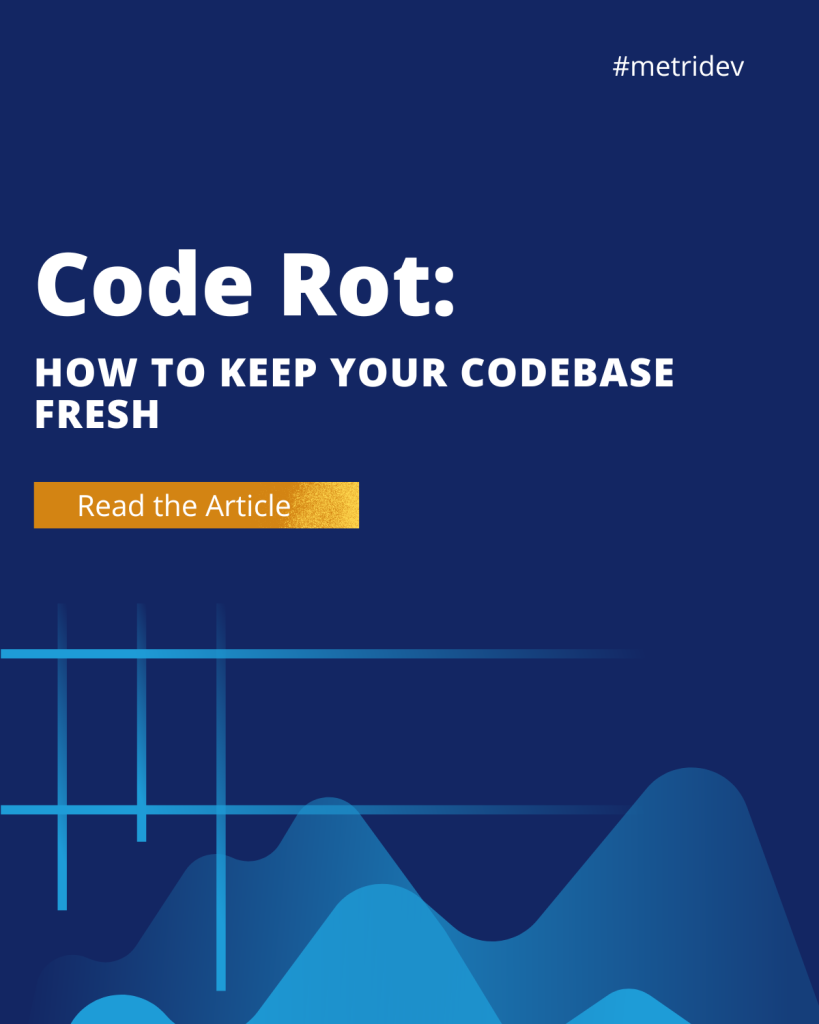Introduction
In today’s competitive business landscape, it’s essential for organizations to make informed decisions that maximize their return on investment (ROI). ROI is a financial metric that measures the profitability of an investment relative to its cost. To accurately assess ROI, businesses often rely on ROI calculators – powerful tools that provide valuable insights into the potential profitability of various initiatives. This article explores the importance of ROI calculators, how they work, the benefits they offer, and best practices for using them effectively.
Understanding Return on Investment (ROI)
Return on Investment (ROI) is a key performance indicator that helps businesses gauge the profitability of their investments. It measures the ratio between the net profit generated by an investment and the cost of that investment. By calculating ROI, organizations can determine the success of their initiatives, identify areas for improvement, and make data-driven decisions that optimize their financial gains.
How do you calculate the rate of return?
To calculate the rate of return, you need to consider the net profit and the cost of the investment. The formula for calculating ROI is as follows:
ROI = (Net Profit / Cost of Investment) * 100
For example, if a company invests $10,000 in a marketing campaign and generates a net profit of $15,000, the ROI would be calculated as:
ROI = ($15,000 / $10,000) * 100 = 150%
This means that for every dollar invested, the company earned a return of $1.50.
Why ROI Calculators are important for businesses
ROI calculators play a crucial role in helping businesses make informed decisions by providing accurate and reliable ROI measurements. Here are some reasons why they are important for businesses:
Estimating profitability
ROI calculators allow businesses to estimate the potential profitability of an investment before committing resources. By inputting the anticipated costs and expected returns, organizations can assess whether an investment is worth pursuing or if it would yield a negative ROI.
Comparing investment options
Businesses often have multiple investment options to choose from. ROI calculators enable organizations to compare different initiatives and determine which one offers the highest return. This evaluation ensures that businesses allocate their resources to the most lucrative opportunities.
Justifying investments
ROI calculators provide businesses with solid evidence to support their investment decisions. By presenting a clear and quantifiable ROI, organizations can justify their investments to stakeholders, such as executives, shareholders, or board members, and gain their confidence and support.
How ROI Calculators work
ROI calculators are user-friendly tools designed to simplify the process of calculating ROI. They typically require inputs such as the cost of the investment, anticipated returns, and the time frame over which the returns will be realized. Once the necessary data is entered, the calculator automatically generates the return of investment percentage.
Under the hood, ROI calculators use the ROI formula mentioned earlier to perform the calculations. However, the calculators eliminate the need for manual calculations and provide instant results, saving businesses time and effort.

Benefits of using ROI Calculators
Using ROI calculators offers several benefits for businesses. Firstly, accuracy and efficiency are greatly enhanced. ROI calculators eliminate the risk of human error and ensure accurate calculations. By automating the process, businesses can save time and effort, allowing them to focus on other critical tasks. Additionally, ROI calculators facilitate data-driven decision-making. They provide businesses with quantifiable data to support decision-making. By having a clear understanding of the potential ROI, organizations can make informed choices that align with their financial goals and objectives. Furthermore, ROI calculators enable cost-effective analysis. They allow businesses to conduct cost-effective analyses by evaluating multiple investment options without the need for complex financial modeling. This efficiency allows organizations to quickly assess the viability of various projects and allocate resources wisely.
Different types of ROI Calculators
There are various types of ROI calculators available to cater to different business needs. Transitioning into the common types, firstly, marketing ROI calculators are widely used. Marketing ROI calculators help businesses evaluate the effectiveness of their marketing campaigns. These calculators consider factors such as advertising costs, sales revenue, and customer acquisition to provide insights into the return of investment of specific marketing initiatives. Secondly, website ROI calculators play a significant role. Website ROI calculators assess the profitability of website investments. They take into account factors such as website development costs, traffic generation, conversion rates, and customer lifetime value to determine the ROI of an organization’s online presence. Lastly, real estate ROI calculators serve property investors and developers. Real estate ROI calculators consider factors such as purchase price, rental income, property management costs, and appreciation to determine the potential ROI of real estate investments.
Step-by-step guide on using an ROI Calculator
Using an ROI calculator is a straightforward process that involves a few simple steps. Here’s a step-by-step guide on how to use it effectively:
Step 1: Gather the necessary information: Before using an ROI calculator, gather all the relevant information about the investment you want to evaluate. This includes the cost of the investment, expected returns, and the time frame over which the returns will be realized.
Step 2: Find a reliable ROI calculator: Look for one that aligns with your specific needs. Consider factors such as user-friendliness, accuracy, and available features.
Step 3: Input the data: Enter the required data into the ROI calculator. This typically includes the cost of the investment and the estimated returns. Make sure to input accurate and realistic values to obtain reliable results.
Step 4: Review the results: Once you’ve entered all the necessary data, the ROI calculator will generate the ROI percentage. Take the time to review the results and understand the implications for your investment decision.
Step 5: Make an informed decision: Based on the calculated ROI, analyze the results and decide whether the investment is worth pursuing. Consider other factors such as risk, market conditions, and long-term objectives to make an informed decision that aligns with your business goals.
Factors to consider when using an ROI Calculator
While ROI calculators are valuable tools, it’s important to consider certain factors to ensure accurate and meaningful results:
- Accuracy of data: To obtain reliable ROI calculations, it’s crucial to input accurate and up-to-date data. Use realistic figures and avoid making assumptions or overestimating the returns. The accuracy of the input directly impacts the accuracy of the output.
- Time frame: Consider the time frame for the investment and the expected returns. Short-term investments may yield quick returns, but they can also be riskier. Long-term investments may offer higher returns but require patience and a strategic approach.
- Consider other metrics: ROI is a valuable metric, but it shouldn’t be the sole factor in decision-making. Consider other financial indicators, such as payback period, net present value, and internal rate of return, to gain a comprehensive understanding of the investment’s potential.
What is a good ROI?
Determining what constitutes a good ROI depends on various factors, including industry, risk tolerance, and market conditions. Generally, a positive ROI is considered good, as it indicates that the investment has generated more returns than the cost. However, what constitutes a good ROI can vary significantly across different sectors and organizations.
Is 80% ROI good?
An 80% ROI can be considered good, but it ultimately depends on the context and industry. In some industries, such as real estate or high-risk investments, an 80% ROI may be exceptional. However, in more stable industries, such as manufacturing or retail, an 80% ROI may be relatively average. It’s essential to compare the ROI to industry benchmarks and consider other factors before determining the strength of the return.
Choosing the right ROI Calculator for your business
When selecting an ROI calculator for your business, consider the following factors. Firstly, features and functionality play a crucial role. Evaluate the features and functionality of the ROI calculators available to determine which one best aligns with your specific needs. Look for calculators that provide accurate calculations, have a user-friendly interface, and offer additional features that enhance the analysis.
Secondly, industry-specific calculators offer tailored solutions. Consider using industry-specific ROI calculators that are tailored to your sector. These calculators often take into account industry-specific factors and provide more accurate and relevant results.Lastly, reviews and recommendations provide valuable insights. Read reviews and seek recommendations from industry professionals or trusted sources. Feedback from others who have used ROI calculators can help you make an informed decision and select a reliable tool.
Best practices
To make the most of ROI calculators, consider the following best practices:
- Input accurate and realistic data: Ensure that you input accurate and realistic data into the ROI calculator. Use actual figures and avoid assumptions or overestimations. The accuracy of the input directly impacts the reliability of the output.
- Consider multiple scenarios: Explore different scenarios by adjusting the inputs in the ROI calculator. This allows you to understand the potential outcomes under various circumstances and make well-informed decisions.
- Continually reassess and refine: ROI calculators provide insights into the projected ROI, but it’s important to continually reassess and refine your calculations. As market conditions change and new information becomes available, update the inputs in the calculator to ensure accurate and up-to-date analyses.
How do you calculate annual rate of return?
The annual rate of return can be calculated using the following formula:
Annual Rate of Return = [(Ending Value / Beginning Value) ^ (1 / Number of Years)] – 1
This formula takes into account the beginning and ending values of an investment and the number of years over which the return is realized. By calculating the annual rate of return, businesses can assess the compound growth of their investments over time.
Conclusion
ROI calculators are powerful tools that unlock the profit potential of businesses. By accurately assessing the return on investment, organizations can make informed decisions, compare investment options, and justify their initiatives to stakeholders. With their efficiency, accuracy, and ease of use, ROI calculators enable businesses to optimize their financial gains and navigate the competitive landscape with confidence. Embrace their power and unlock the full potential of your investments.
IT METRICS TO BECOME AN EXPERT















Leave a Reply